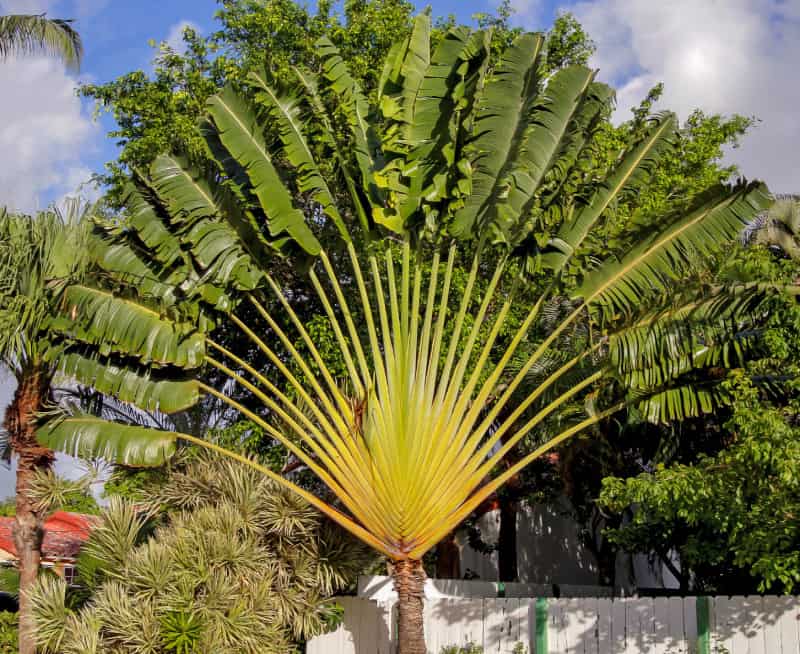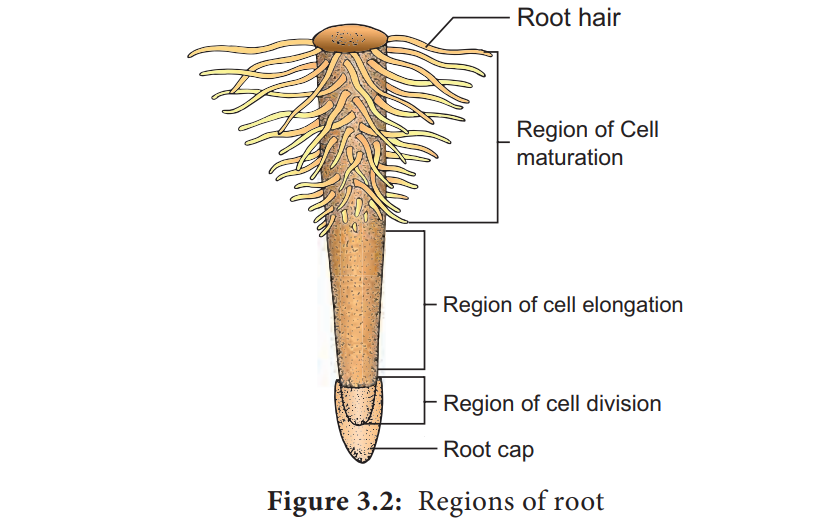CBSE Class 11 Biology Chapter 5 Revision Notes Part 2
Chapter 5: Morphology of Flowering Plants Revision Notes Part 2
Plant morphology in a flowering plant comprises two basic parts, the shoot system and the root system. The root system lies predominantly below the ground surface, with a few exceptions. The shoot system is present above the ground and consists of the leaves, stems along with modifications of leaves and shoot system.
What is the morphology of the stem?
The stem is the vertical aerial part of the plant and bears the flowers and leaves. It carries the water and minerals absorbed by the roots to the sites of photosynthesis and then also transports the synthesized nutrients to the rest of the plant parts. The stem is attached to the leaves at the node region, and the areas in between successive nodes are called the internodes. The hypocotyl is the transition region between the roots and the stem.
Branches or leafy shoots are borne at the node regions, from the buds or the dormant shoots. There are either axillary buds or lateral buds found in the angle between the leaf and the stem or terminal buds at the tips of shoots. The position of the leaves, axillary buds, and the stem and their relationship to each other are important to understand the various types of shoot systems in angiosperms. This helps in their identification as the highly modified leaves and stems only resemble the actual parts and are differentiated.
Dichotomous branching is seen in plants like cacti, palms (Arecaceae), and bird-of-paradise plants (Strelitziaceae), in which the branches result from an equal division of a terminal bud.
Two types of axillary branching are seen in angiosperms:
-
Monopodial branching is when the terminal bud continuously grows as a shoot while the lateral branches remain short and do not grow as seen in the beech (Fagus) trees. These plants appear pyramidal in shape.
-
Sympodial branching is seen in the Joshua tree (Yucca brevifolia), where their terminal buds normally turn into a flower and thus stop growing. The axillary branches form into the main leader shoots called the renewal shoots. These plants look like candelabra.
A combination of both branching types is seen in plants like the dogwoods (Cornus), in which the central axis is monopodial, and the side branches are sympodial.
Rosette plants have very short internodes like the lettuce plants (Lactuca sativa), where only the leaves grow, and the internodes remain short. Extensive lengthening of the internodes is seen in vines such as the yam plant (Dioscorea esculenta).
Leaves of flowering plants
The angiosperm leaf comprises the blade or the lamina, a leaf base, a petiole, and two stipules. The leaf base connects the leaf to the stem, and the two stipules are present on either side of the base. The stipules may be spines, scales, leaf-like forms, or glands. The stalk connecting the blade to the leaf base is called a petiole. The blade is flat, green, placed perpendicular to the stem, and is the site of photosynthesis.
- Simple leaves are singularly present on the petiole and may have rounded, lobed or smooth margins.
- Leaf margins may also be dentate at right angles, serrate towards the apex of the leaf, or crenulate with the scalloped type of margin.
- Pinnate lobed margin leaves have equally indented blades along the midrib like a white oak leaf (Quercus alba).
- Palmate leaves have indented margins along many major veins like the red maple leaf (Acer rubrum).
- Compound leaves have two or more leaflets and maybe palmate in which the leaflets come from a single point at the end of the petiole and pinnate in which there is a row of leaflets coming from either side of the petiole called the rachis.
- Some pinnate leaves branch again to form compound pinnate leaves called bipinnately compound leaves.
There are three types of leaf arrangement seen in the angiosperms:
- Alternate: Single leaves are present at the nodes alternately
- Opposite: Two leaves are present at a node opposite to each other
- Whorled: Three or more leaves are present at a single node in the branch
Modifications of leaves in Angiosperms
- Leaf tips change into tendril-shaped elongations as seen in the flame lily (Gloriosa superba) and twine around parts to get extra support.
- Petioles also coil around plants like the clematis plant (Ranunculaceae).
- Stipules twine around other plants, as seen in the catbrier plant (Smilacaceae).
- Leaflets change into hook-like grapnels seen in Tecoma radicans.
- Sheathing leaf bases are seen in banana (Musa), where a pseudotrunk is formed.
- Desert plants like stone plants (Lithops) and aloe have succulent leaves that store water.
- Carnivorous plants like Nepenthes gracilis (pitcher plant) trap insects in their pitcher-shaped leaves containing digesting enzymes.
What is meant by the morphology of hair?
Root hair is a tiny extension of the epidermal cells of root surfaces which help in added absorption and contribute to a large absorptive area. Such root hairs may easily be sloughed off.
Sources:
Morphology of Flowering Plants. https://ncert.nic.in/textbook.php. Accessed 18 Dec, 2021.
]]>



